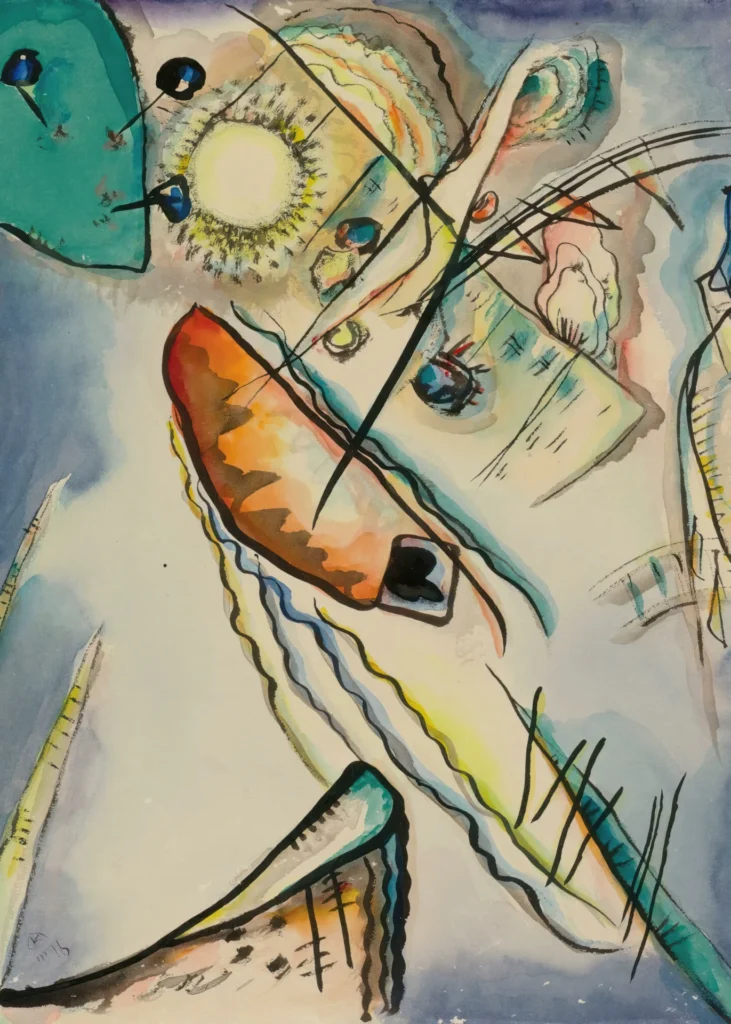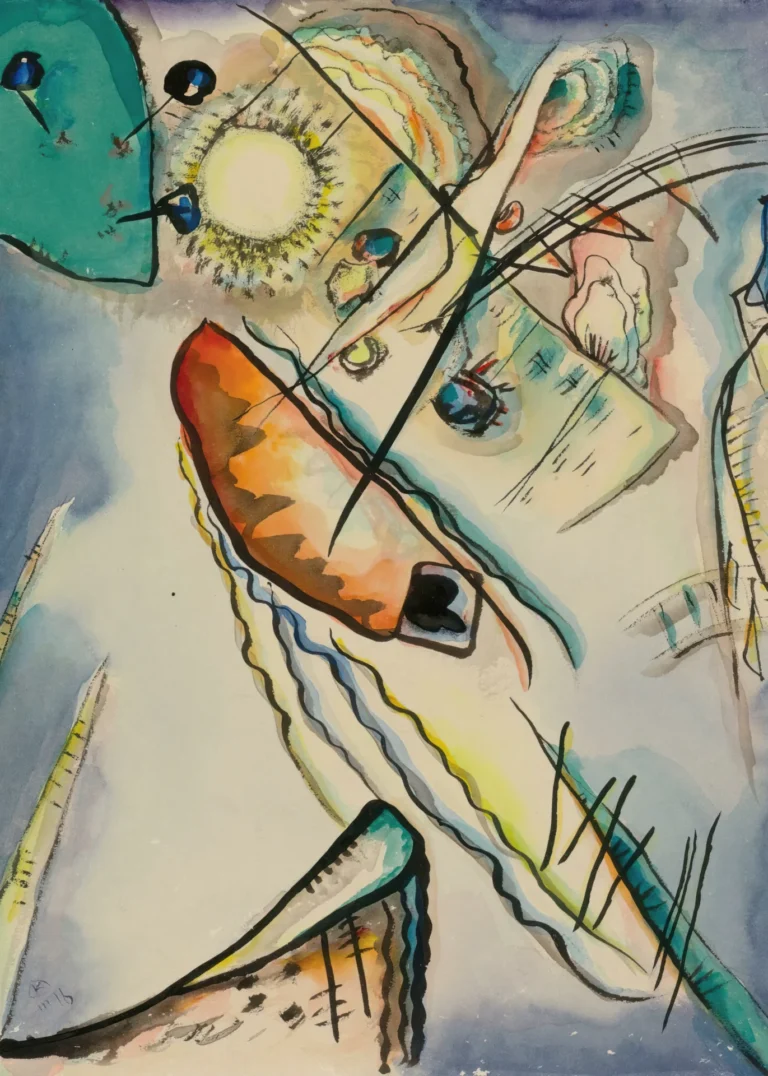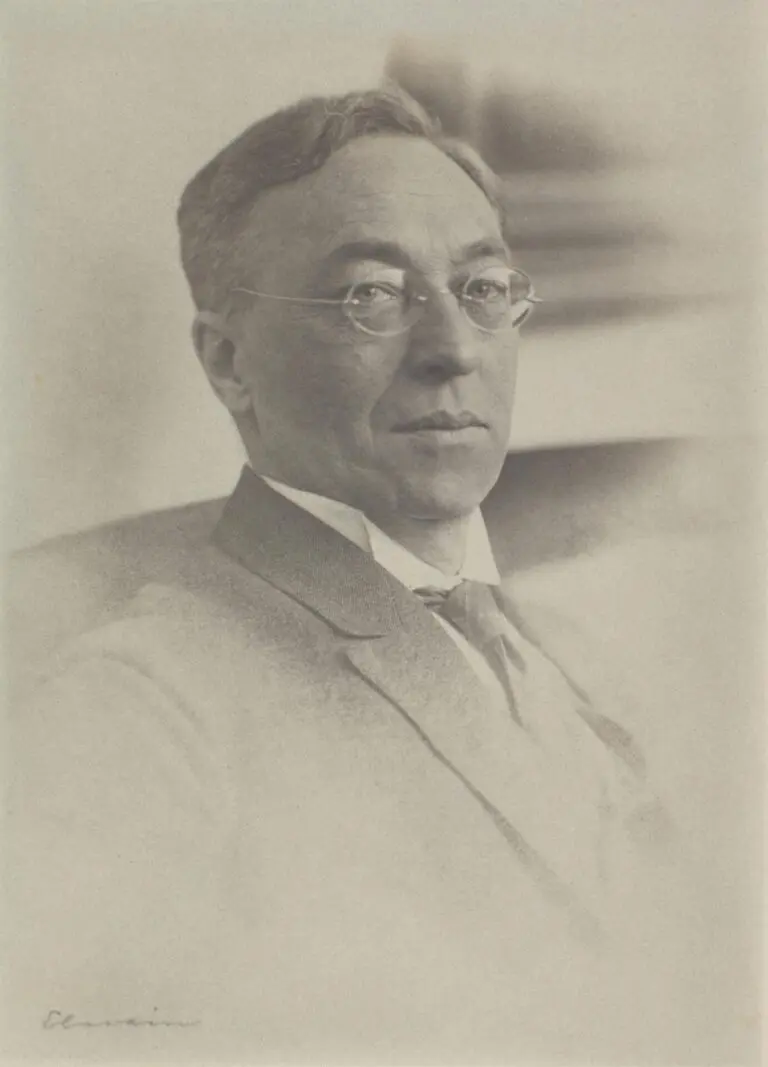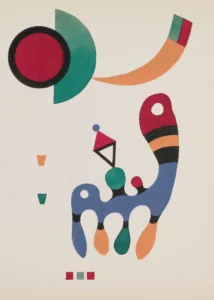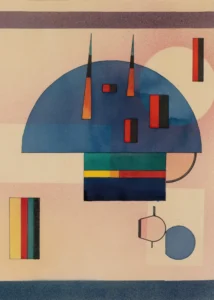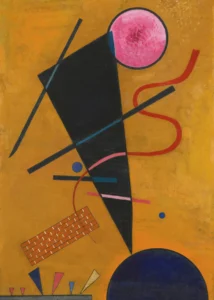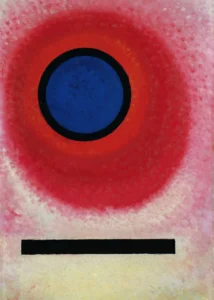Ohne Titel (1916)
Created around 1916, 'Ohne Titel (Untitled)' by Wassily Kandinsky exemplifies the artist's transition during a chaotic period marked by World War I. Utilizing watercolor, gouache, and crayon on paper, the piece features a dynamic whirlpool of vibrant colors, primarily yellow and blue, which are interlaced with thin black lines. Kandinsky’s style during this time reflects an evolution from organic shapes to more geometric forms, symbolizing his growing mastery over abstract expression.
Approx. 1916
About the Artwork
During the early 20th century, as the world was engulfed in the chaos of World War I, Kandinsky returned to his homeland of Russia in 1914. The shifting political landscape and the war deeply influenced his artistic output. 'Ohne Titel (Untitled)' captures this transitional moment in his career, where his reliance on materials was challenged, prompting a shift to watercolor and gouache. The artwork is imbued with liveliness and compositional harmony, showcasing a balance of color and form that remains a hallmark of Kandinsky's oeuvre. The piece encapsulates the emotional turbulence of its time while also indicating Kandinsky's search for new expressions within the abstract language of art.
Did You Know
The creation of ‘Ohne Titel (Untitled)’ coincided with World War I, a significant period that affected Kandinsky’s artistic approach and materials used in his works.
‘Ohne Titel (Untitled)’ represents a shift in Kandinsky’s style, moving from organic forms to geometric shapes, reflecting his exploration of space, color, and abstraction.
In February of the current year, ‘Ohne Titel (Untitled)’ was sold at Sotheby’s for $4.9 million, emphasizing its value and importance in Kandinsky’s collection and the broader art market.




